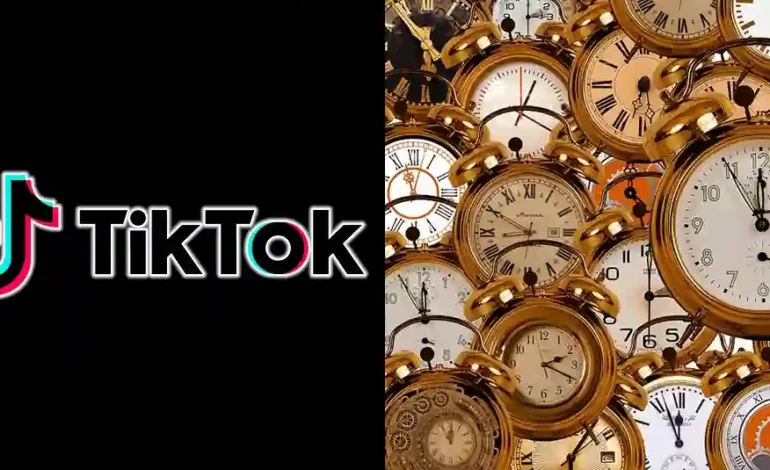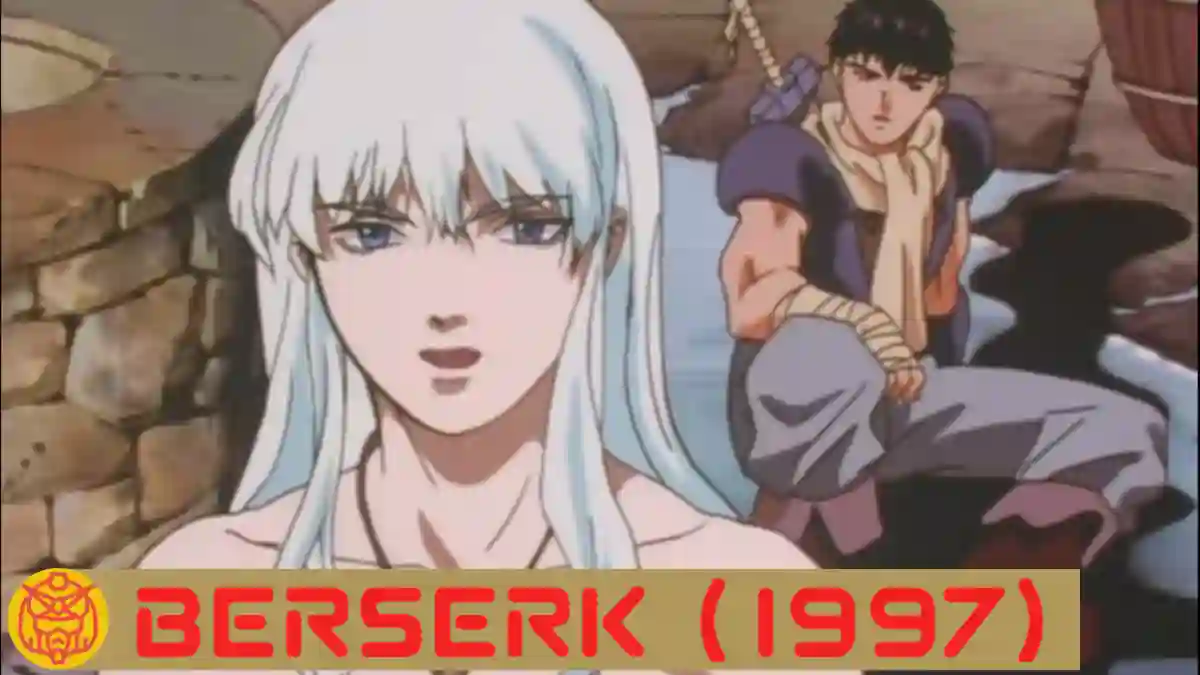
From Concept to Page: Developing Ideas for Manga XYZ Stories
The world of Manga XYZ is a realm of boundless creativity, where captivating stories come to life through the synergy of compelling concepts and skilled storytelling. “From Concept to Page: Developing Ideas for Manga XYZ Stories” offers a glimpse into the intricate process of creating manga narratives, from the initial spark of an idea to the final realization on the pages of a manga volume.
1. Inspiration and Ideation
Every Manga XYZ story begins with inspiration—an idea that sparks the creative process. Mangaka draw inspiration from a myriad of sources, including personal experiences, cultural influences, and even dreams. Whether it’s the exploration of social issues, a fantastical concept, or a character-driven narrative, the initial idea serves as the foundation upon which the entire story is built.
2. Theme and Message Development
Once an idea takes root, mangaka delve into the development of themes and messages that will shape their narrative. Themes provide the story with depth and resonance, allowing mangaka to explore universal concepts such as friendship, love, justice, or the human condition. The development of a clear message or moral underpinning adds layers to the storytelling, creating a narrative that resonates with readers on a profound level.
3. Character Design and Development
Characters are the heart and soul of any Manga XYZ story. Mangaka invest time in designing characters that embody the essence of their narrative. From physical appearance to personality traits, characters are meticulously crafted to serve specific roles within the story. As the narrative unfolds, characters undergo development, evolving in response to the challenges and experiences they face.
4. Setting and World-Building
The setting of a Manga XYZ story is a vital element that shapes the narrative’s atmosphere and tone. Mangaka engage in world-building to create immersive environments, whether it’s a bustling urban landscape, a fantastical realm, or a historical backdrop. The setting becomes a character in itself, influencing the characters’ journeys and interactions.
5. Plot Construction and Story Arcs
Plot construction is the strategic weaving of events that drive the story forward. Mangaka carefully plan the trajectory of their narratives, incorporating twists, turns, and climactic moments that keep readers engaged. The development of story arcs, each with its own set of challenges and resolutions, adds structure to the overarching plot and contributes to the overall narrative flow.
6. Panel Layout and Pacing
The layout of manga panels and the pacing of the story are critical components of effective storytelling. Mangaka use panel arrangement to control the rhythm of the narrative, emphasizing key moments and controlling the flow of information. Whether through dynamic action sequences or contemplative character moments, the arrangement of panels contributes to the visual and emotional impact of the story.
7. Dialogue and Scripting
Dialogue serves as the spoken language of Manga XYZ, conveying character interactions, emotions, and plot developments. Mangaka carefully script dialogue to capture the essence of each character’s voice and to advance the narrative. The artful balance of dialogue with visual storytelling elements is crucial for creating a harmonious reading experience.
8. Visual Style and Artistic Expression
The visual style of a Manga XYZ story is a defining characteristic that sets it apart. Mangaka infuse their narratives with artistic expression, from character designs to the rendering of environments and action sequences. The visual style contributes to the overall atmosphere of the manga and plays a significant role in establishing the series’ identity.
9. Mood and Tone Setting
The mood and tone of a Manga XYZ story are carefully curated to evoke specific emotions in readers. Mangaka employ various artistic and narrative techniques to establish the desired mood, whether it’s the intensity of a battle scene, the poignancy of a quiet moment, or the humor in a comedic exchange. Setting the right mood enhances the overall storytelling experience.
10. Revision and Iteration
The journey from concept to page involves continuous revision and iteration. Mangaka review their work, seeking opportunities to refine the story, enhance character development, or improve visual storytelling. Feedback from editors and readers may prompt adjustments, ensuring that the final product reflects the mangaka’s vision while resonating with the intended audience.
Conclusion:
In conclusion, the creation of Manga XYZ stories is an alchemical process that transforms raw ideas into immersive narratives. From the initial spark of inspiration to the meticulous crafting of characters, settings, and plots, mangaka engage in a dynamic and iterative journey. The collaboration of thematic depth, compelling characters, and visual storytelling results in Manga XYZ stories that captivate readers, inviting them to explore the rich and diverse worlds born from the imaginations of talented creators.





